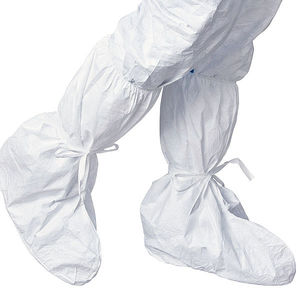
EN14683 surgical mask Kimtech™ M3adultwhitedisposable
Add to favorites
Compare this product
Characteristics
- Certifications
- EN14683
- Type of patient
- adult
- Color
- white
- Other characteristics
- 3-ply, disposable, non-woven, folding
- Width of unfolded mask
18 cm, 21 cm, 23 cm
(7.1 in, 8.3 in, 9.1 in)
Description
The bacterial and particulate filter function of disposable face masks prevents additional human contamination.
With a few marked exceptions, our face masks are neither medical face masks certified according to DIN EN 14683:2019-10 nor face masks that have been tested by a Notified Body according to Regulation (EU) 2016/425 on personal protective equipment.
Reason: The sole purpose of these face masks is to limit the transfer of particulate and microbiological contaminants, which are emitted by the wearer, in cleanrooms/rooms of technical cleanliness, in such a way that primarily the product, but also its production environment, is not contaminated. This also explains the very high particle filtration efficiency (PFE) such as bacterial filtration efficiency (BFE) required by the cleanroom industry for these face masks.
What characterizes a cleanroom compatible face mask
A disposable face mask with acceptable filtration efficiency consists of three plies (layers), usually made of polyethylene non-woven fabrics, whereby the middle layer is decisive for the filtration efficiency. The layer facing the skin should be soft and comfortable to wear. The outer layer should mainly protect the filter medium from damage. A common feature of all face masks is the flexible, shapeable embedded nose clip at the upper edge, which, when handled correctly, should help to ensure that as little unfiltered air as possible can escape upwards, past the side of the nose wings.
Catalogs
DISPOSABLE & PROTECTIVE CLOTHING
11 Pages
*Prices are pre-tax. They exclude delivery charges and customs duties and do not include additional charges for installation or activation options. Prices are indicative only and may vary by country, with changes to the cost of raw materials and exchange rates.






